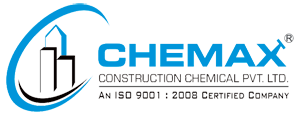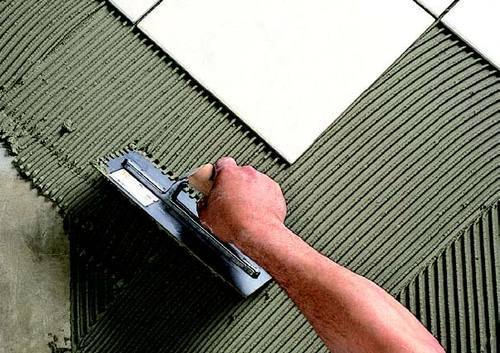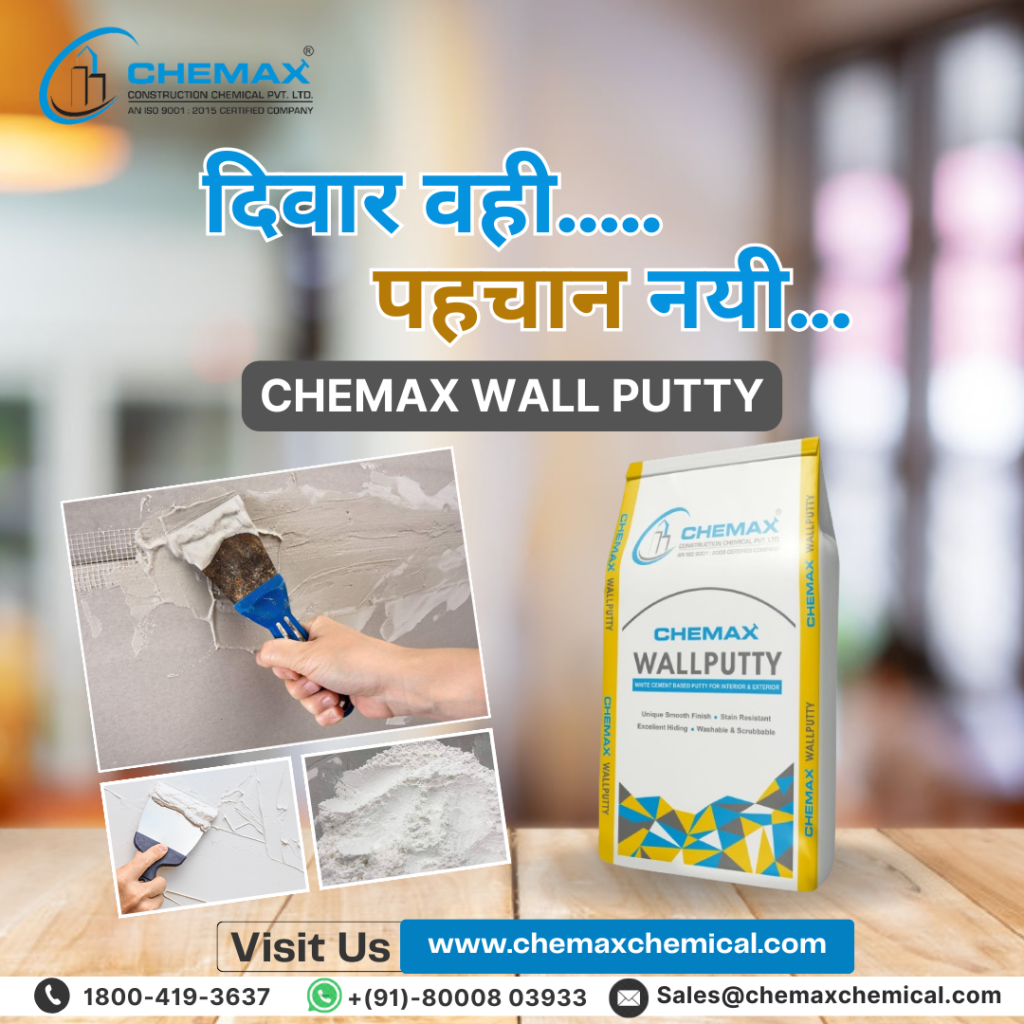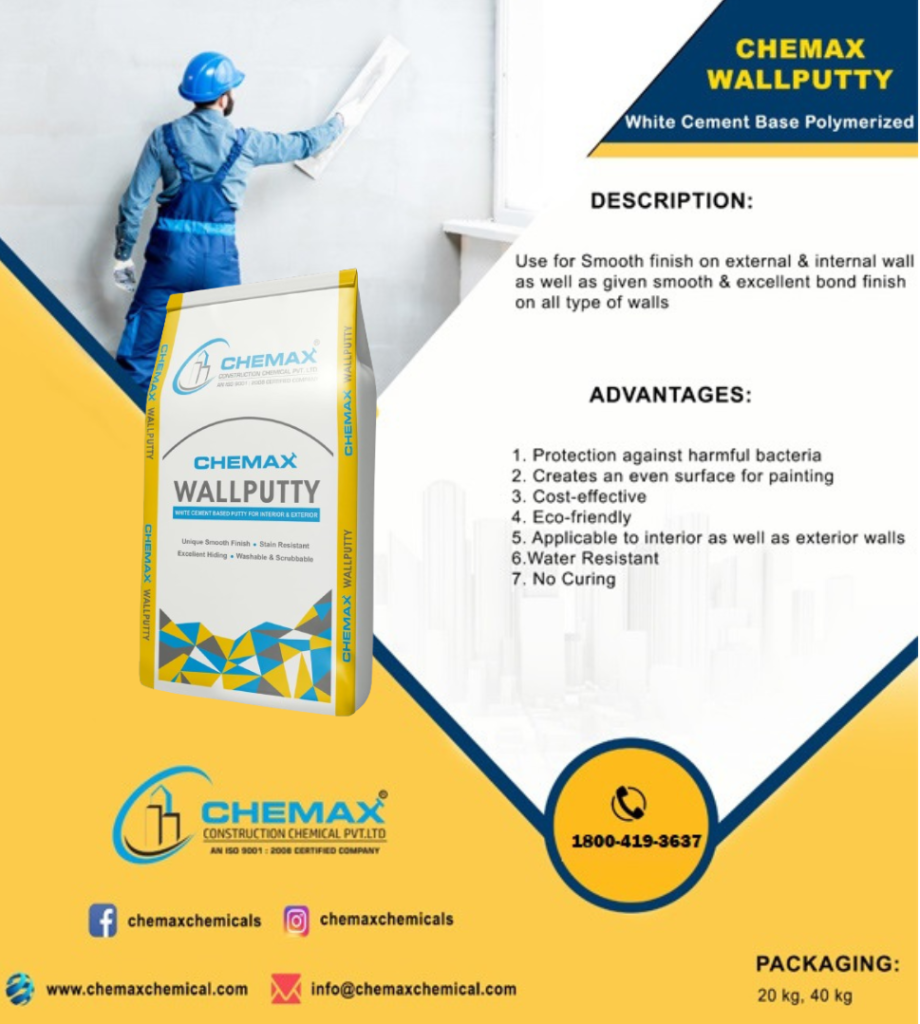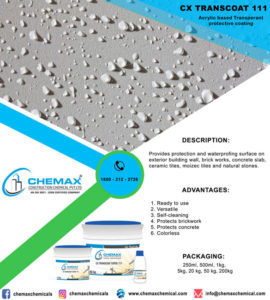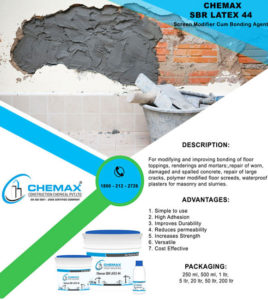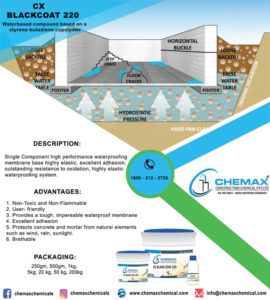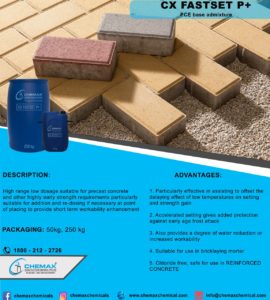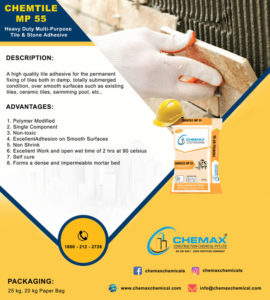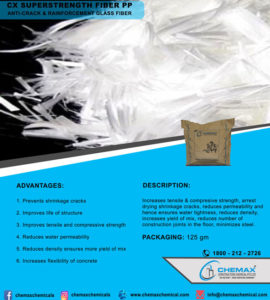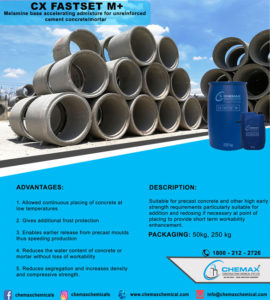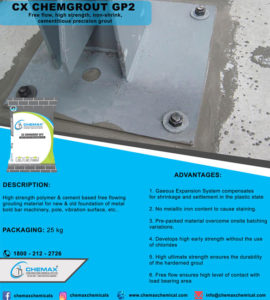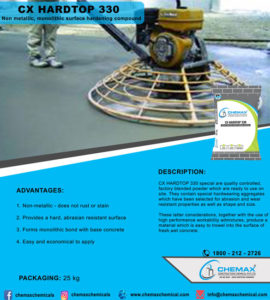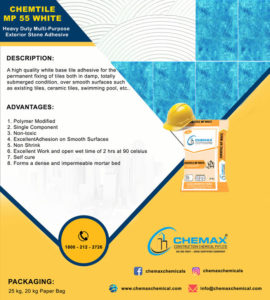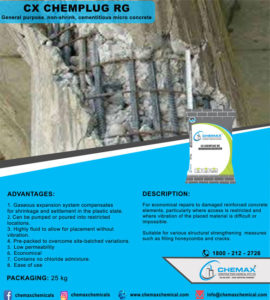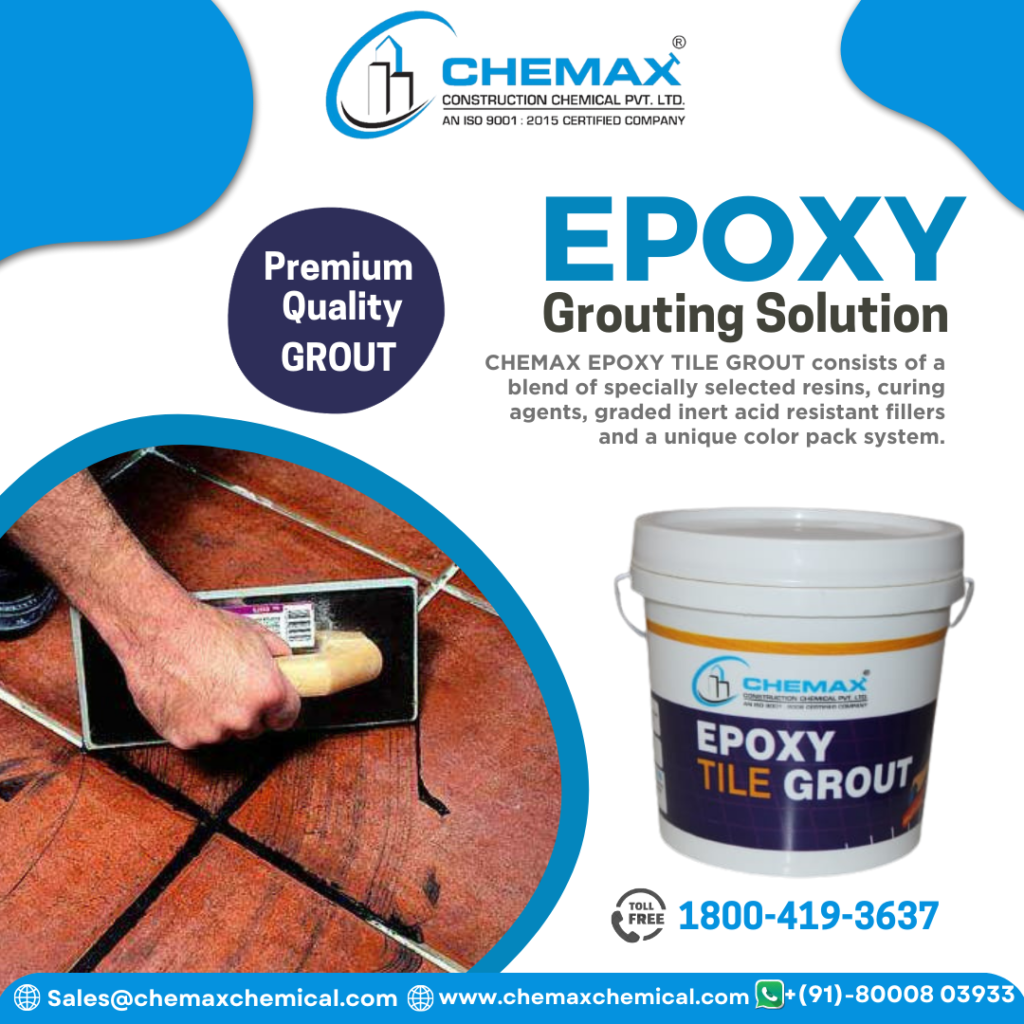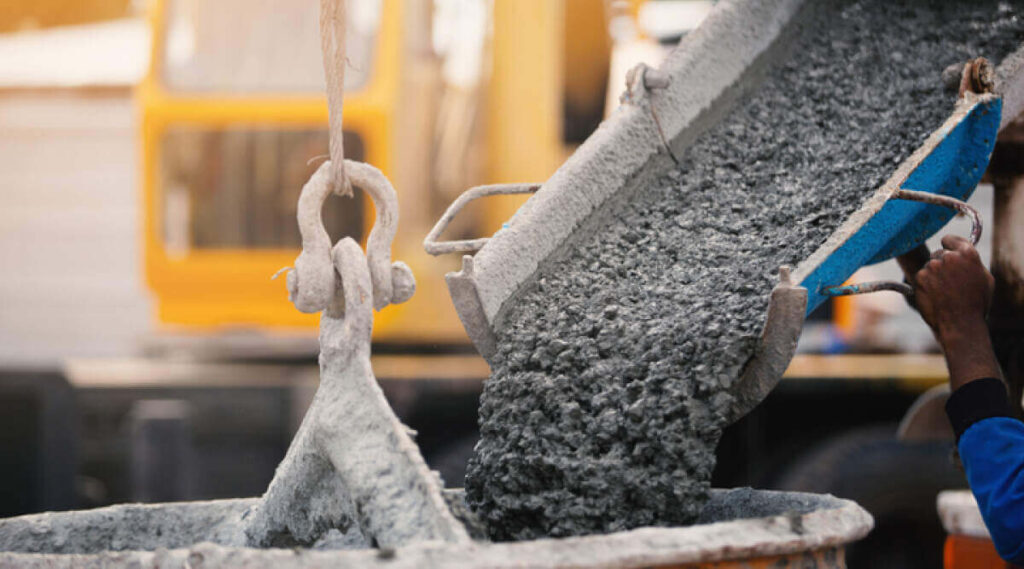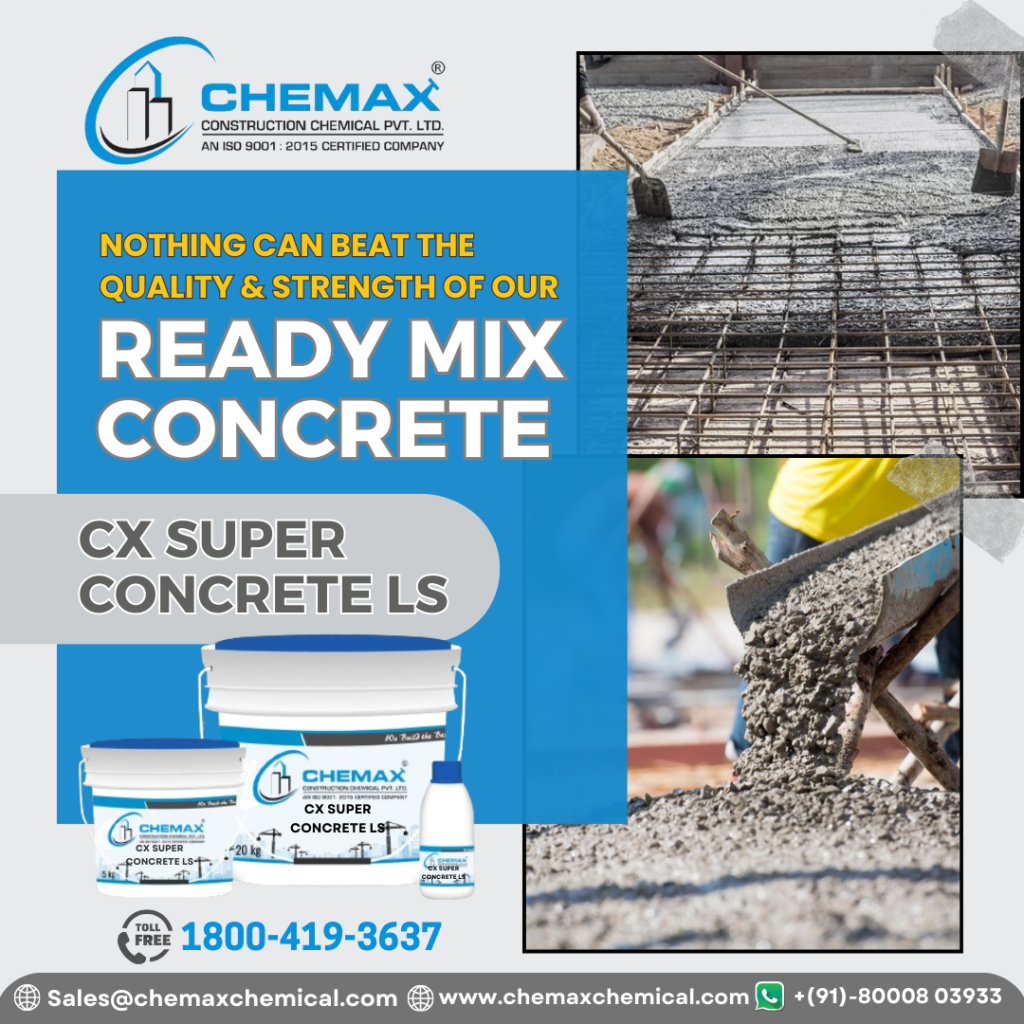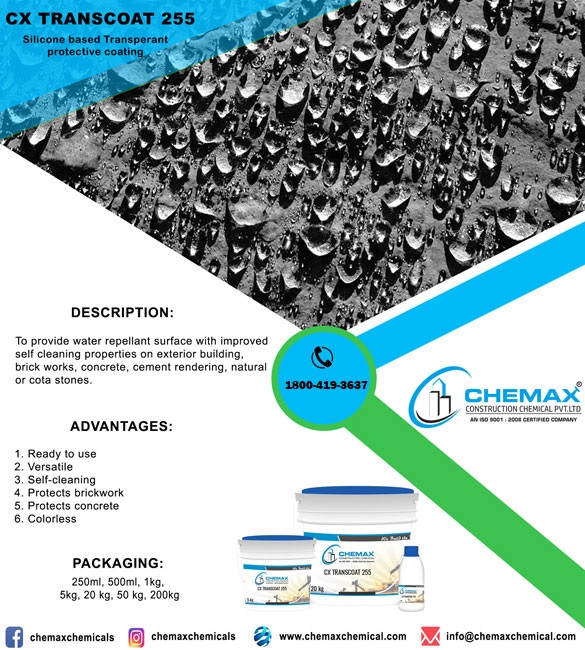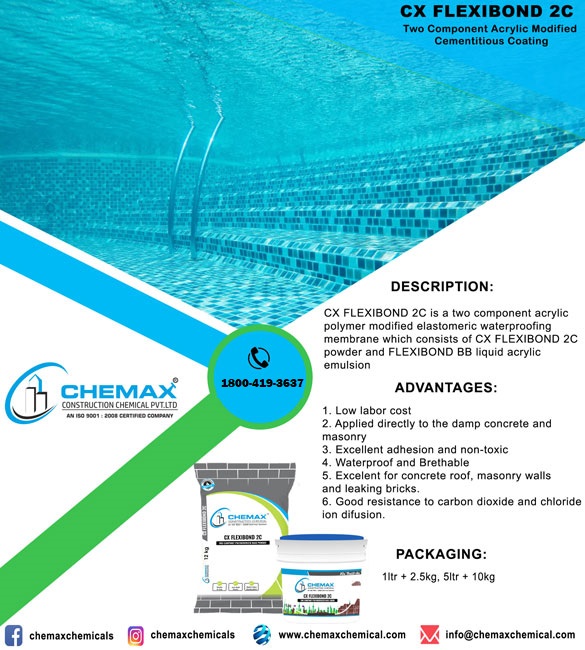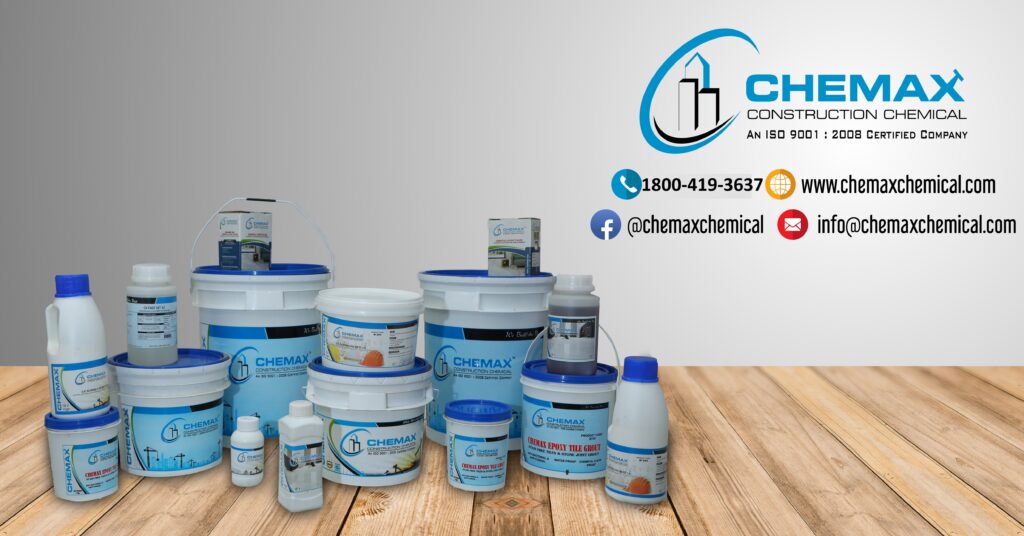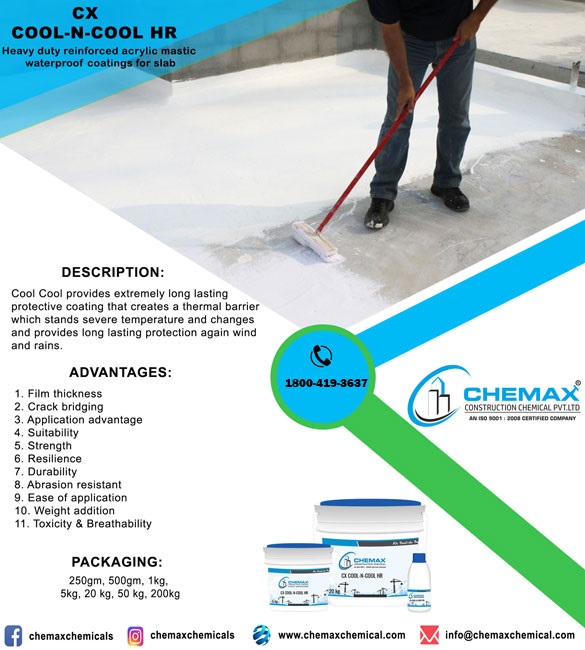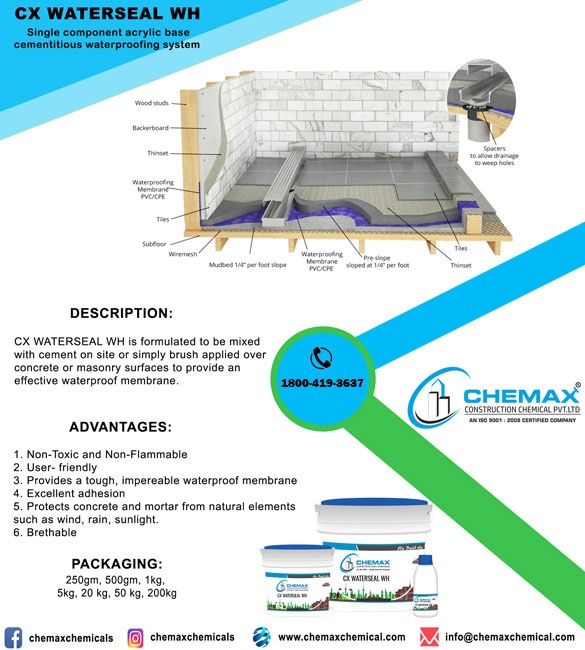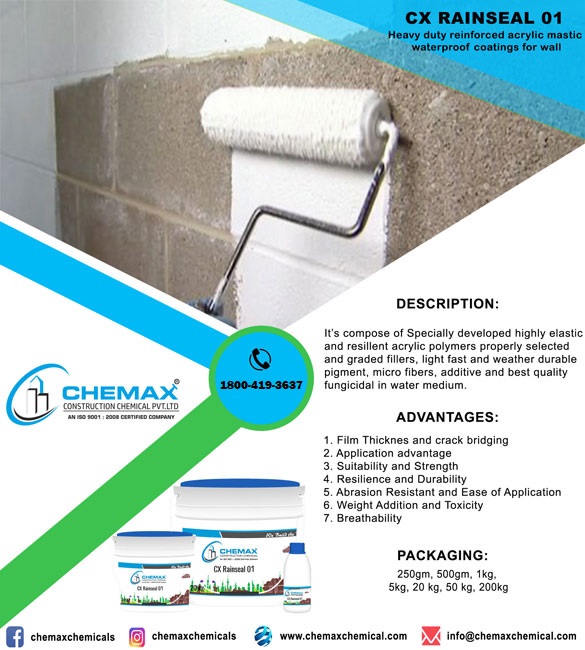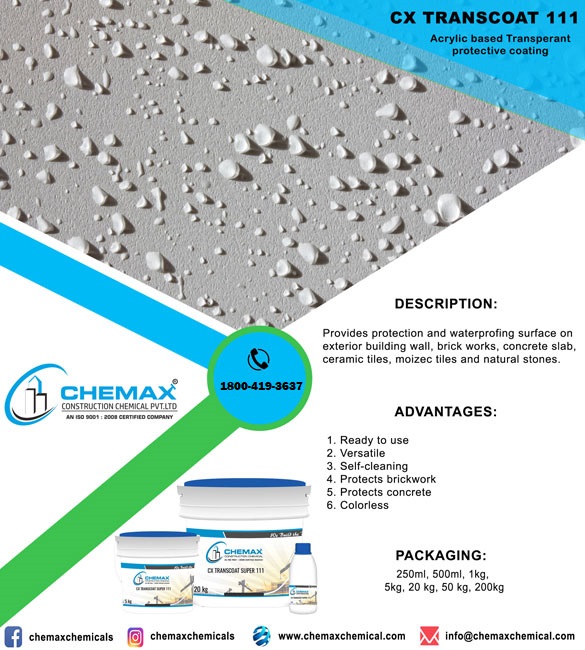Premium Tile Adhesive Manufacturer in India
the selection of adhesive is an essential issue in guaranteeing a a success and sturdy set up on the subject of tiling. It might be tough to choose the first-class tile adhesive in India whilst there are so many options available on the market. we’ve put together the nice steering on deciding on the perfect tile adhesive on your assignment to assist you in making an knowledgeable preference.
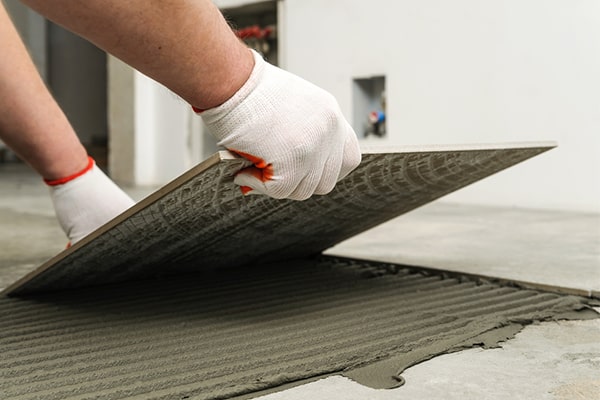
retain reading for insightful evaluation and useful pointers as a way to guarantee the achievement of your tiling venture.
consider the use and type of tile:
Adhesives designed for positive tile kinds are needed. as an instance, cement-based adhesives are regularly effective whilst used with porcelain and ceramic tiles, but bendy adhesives are essential for natural stone tiles due to their inherent movement.

check the substrate: The substrate, or the floor so that it will have tiles located on it, is an additional vital attention. The homes of plywood, drywall, plaster, and urban vary, which impacts how nicely the adhesive works.
make certain the adhesive you pick out gives the proper quantity of adhesion and bonding power and is suitable with the substrate.
recognize the open and placing times:
putting time is the amount of time needed for the glue to fully set. Conversely, open time is the amount of time after utility that the adhesive remains manageable.
those factors are crucial, specially for extra complex patterns or large projects where accurate placement takes longer. pick out an adhesive with the right putting time after taking the undertaking’s size under consideration.
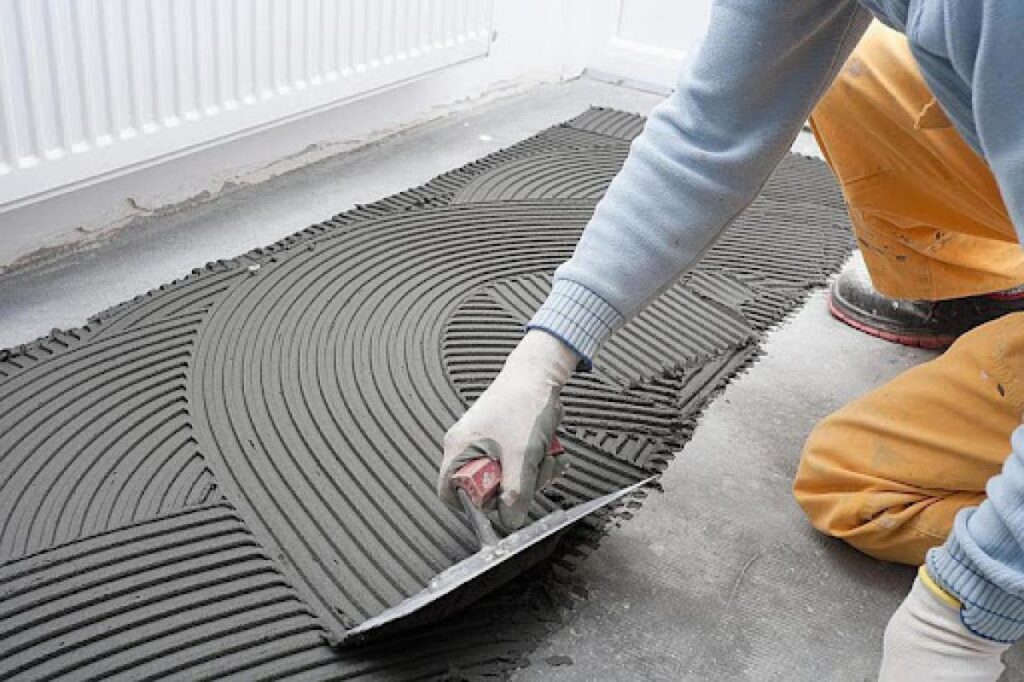
have a look at the waterproofing and flexibility qualities. it’s miles vital to have flexibility, specifically in areas where tiles are uncovered to motion and temperature versions, along with flooring and exteriors. these sorts of forces do no longer reason tiles to break or come off thanks to bendy adhesives.
moreover, to keep away from moisture-related problems and water seepage whilst tiling damp regions like bathrooms or kitchens, use waterproofing adhesives.
study leading tile adhesive businesses: bear in mind Indian tile adhesive manufacturers to assure the high-quality performance and fine. examine their tune file, as well as the goods they promote and consumer remarks. Reliability and sturdiness are attributes that have made some of the leading tile adhesive brands in India
seek professional recommendation: Consulting a expert tiler or other enterprise expert is usually fine in case you are unsure or have precise necessities. They let you select the excellent glue based at the specific necessities of your project, ensuring the great viable outcome.
In summary
do not forget that deciding on the right tile adhesive is important to the longevity and fulfillment of your tiling project. Take a while locating the exceptional tile adhesive in India that satisfies your desires. A well-decided on adhesive will improve the appearance of your tiled location while additionally offering the specified sturdiness for many years to return. while remodeling your kitchen, lavatory, or some other area, spending cash on top class tile glue will guarantee.
